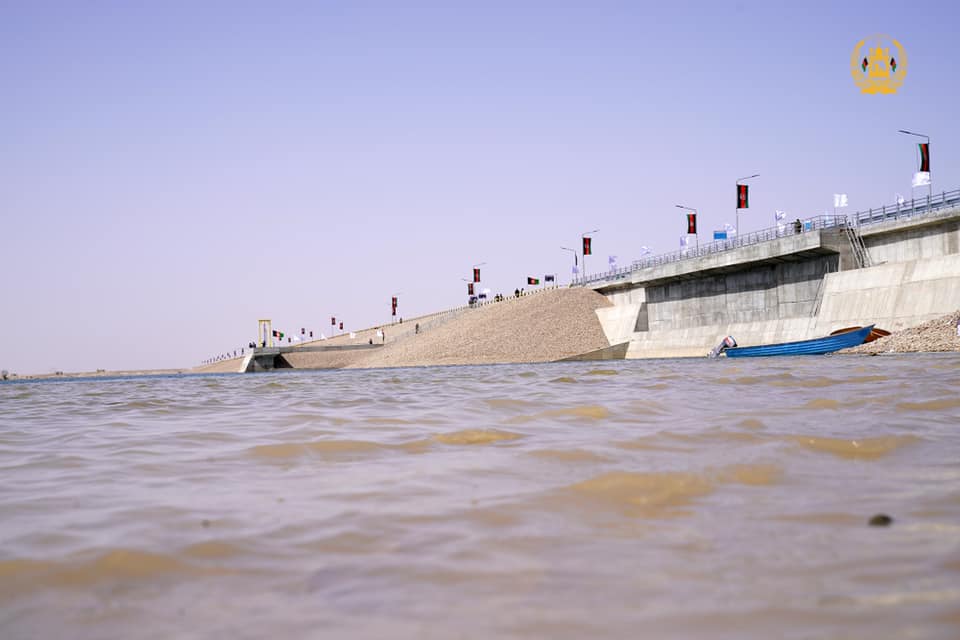ZARANJ (Pajhwok): Kamal Khan dam’s water has reportedly been released into Iran, but the Afghan government and local sources reject the allegation as groundless . . .
You need to subscribe to view the full article. Please login or register a new account.







GET IN TOUCH
NEWSLETTER
SUGGEST A STORY
PAJHWOK MOBILE APP